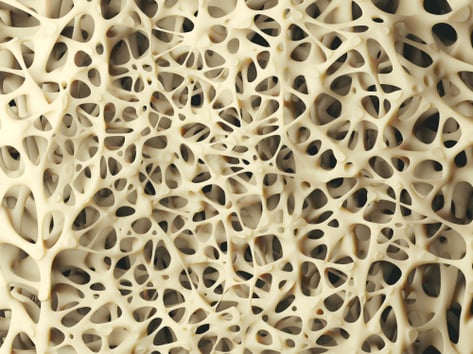Types of Bone Age Study - Dubai Pediatric Clinic
A. Definition of Bone Age Study
A bone age study is a diagnostic test, a non-invasive simple procedure that uses X-ray imaging to evaluate the maturity of a child's bones. The test is typically performed on the left hand and wrist (The bones of the hand and wrist are chosen for the study because they mature at a predictable rate and are easily visible on X-ray images), and it involves taking an X-ray of the bones in this area, which is then compared to a standardized set of X-ray images of bones at different stages of development according to children ages (which are based on a large sample of children of different ages and genders).
A radiologist or a pediatric endocrinologist will analyze the X-ray images and compare them to the standard images, The results of the test can be used to determine a child's bone age, which can then be used to predict their future growth and development.

B. Types of bone age study
There are two main types of bone age study: the Greulich and Pyle method and the Tanner-Whitehouse method.
Greulich and Pyle Method:
This is the most widely used method for assessing bone age in children. The Greulich and Pyle method is based on X-ray images of the left hand and wrist and is the most widely used method in North America. It involves comparing the patient's bone x-rays to a standardized set of x-rays to determine the degree of bone maturity.
Tanner-Whitehouse Method:
The Tanner-Whitehouse method, on the other hand, uses X-ray images of the left hand and the left knee and is more commonly used in Europe. This method uses a scoring system to assess bone maturity based on the amount of ossification (bone formation) present in specific bones.
Further, the Tanner-Whitehouse Method is modified into sub-categories:
TW3 Method: This is a version of the Tanner-Whitehouse method that uses three bones (the left hand and wrist, the left radius, and the left ulna) instead of the original six bones.
TW2 Method: This is a simplified version of the TW3 method which uses only two bones (the left hand and wrist),
RUS (Radiographic Union of the Skeleton): This method examines the skeletal maturity of the whole body using a full-body X-ray.
MRI (Magnetic Resonance Imaging): This method uses magnetic fields and radio waves to create detailed images of the bones.
C. Radiographic techniques
The radiographic techniques used in bone age studies are typically non-invasive, painless, and safe, which makes them very suitable for the Pediatric population. The X-ray machine used in the study emits a small amount of radiation, which is considered safe. The procedure usually takes around 20-30 minutes, and there is no need for any special preparation.
You may also want to know:
1. Interpretations of Bone Age Study
2. Risk and Limitations of Bone Age Study
3. Indications of Bone Age Study
4. Preparations of Bone Age Study
Dubai Pediatric Clinic at Dr Rami Hamed Center provides one of the leading pediatricians in Dubai.





.jpg?width=1080&height=1080&name=DR%20TAREF%20ALABED1%20(1).jpg)
